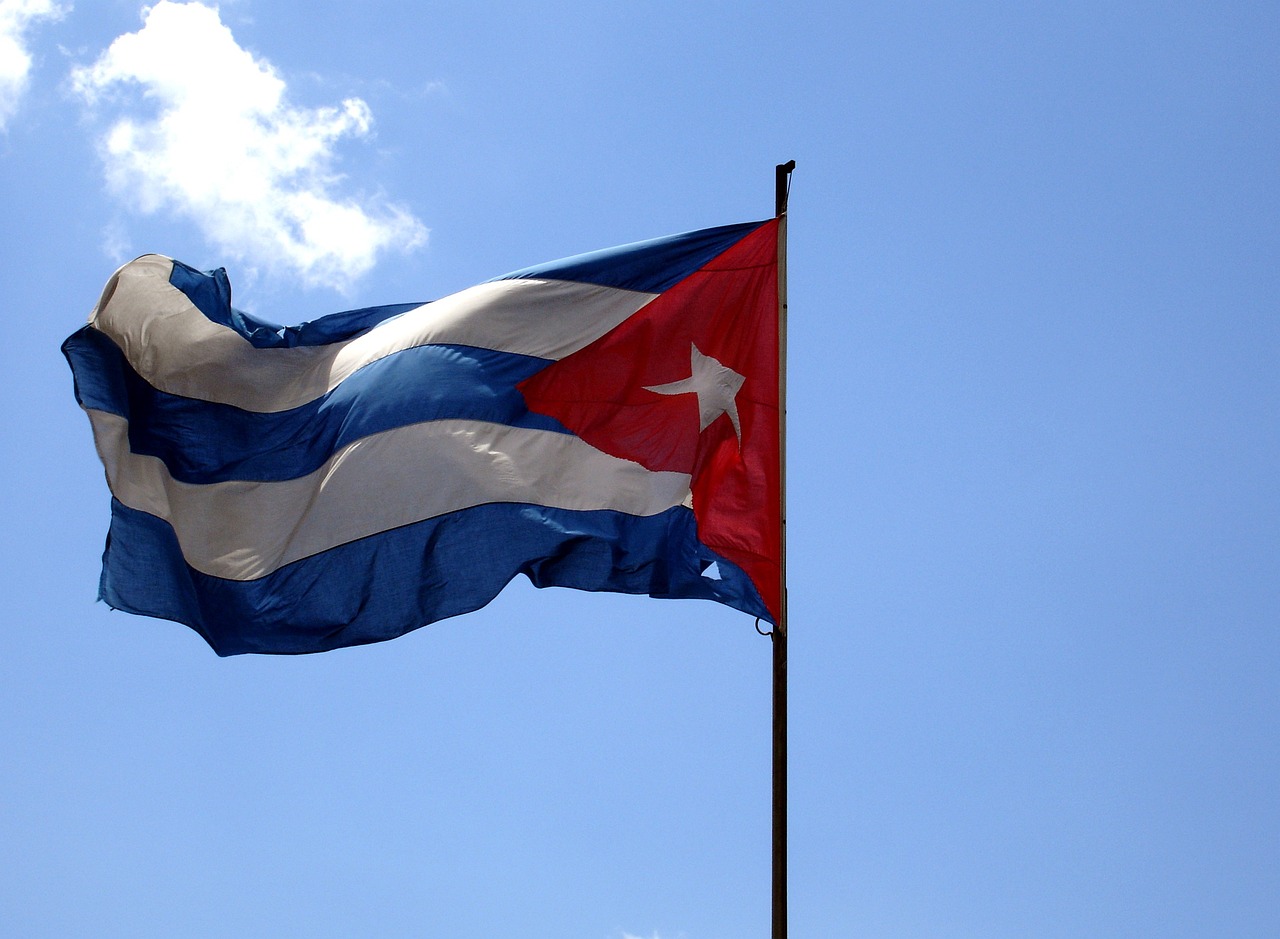
In this blog post, we summarize the movement of the family-sponsored and employment-based preference categories of the September Visa Bulletin.
This information will be helpful to those applying for an immigrant visa at a U.S. Consulate overseas, and those applying for adjustment of status to permanent residence in the United States.
Overview
What is the Visa Bulletin?
The Department of State releases the visa bulletin on a monthly basis, which summarizes the availability of immigrant visa numbers for that particular month in the employment and family preference categories. The purpose of the visa bulletin is to inform immigrants who are subject to the numerical quota system of when they are eligible to apply for an immigrant visa or adjustment of status application. Applicants can determine their place in line by looking at the priority date on their underlying immigrant petition. Applicants with a priority date that is “current” on the Visa Bulletin can move forward with the immigration process, because that means a visa number is available to them.
What are the preference categories that are subject to the numerical limitations?
The Family Sponsored Preference Categories and their annual limits are as follows:
First: (F1) Unmarried Sons and Daughters of U.S. Citizens: 23,400 plus any numbers not required for fourth preference.
Second: Spouses and Children, and Unmarried Sons and Daughters of Permanent Residents: 114,200, plus the number (if any) by which the worldwide family preference level exceeds 226,000, plus any unused first preference numbers:
- (F2A) Spouses and Children of Permanent Residents: 77% of the overall second preference limitation, of which 75% are exempt from the per-country limit;
- (F2B) Unmarried Sons and Daughters (21 years of age or older) of Permanent Residents: 23% of the overall second preference limitation.
Third: (F3) Married Sons and Daughters of U.S. Citizens: 23,400, plus any numbers not required by first and second preferences.
Fourth: (F4) Brothers and Sisters of Adult U.S. Citizens: 65,000, plus any numbers not required by first three preferences.
The Employment-Based Preference Categories and their annual limits are as follows:
First: Priority Workers: 28.6% of the worldwide employment-based preference level, plus any numbers not required for fourth and fifth preferences.
Second: Members of the Professions Holding Advanced Degrees or Persons of Exceptional Ability: 28.6% of the worldwide employment-based preference level, plus any numbers not required by first preference.
Third: Skilled Workers, Professionals, and Other Workers: 28.6% of the worldwide level, plus any numbers not required by first and second preferences, not more than 10,000 of which to “*Other Workers”.
Fourth: Certain Special Immigrants: 7.1% of the worldwide level.
Fifth: Employment Creation: 7.1% of the worldwide level, of which 32% are reserved as follows: 20% reserved for qualified immigrants who invest in a rural area; 10% reserved for qualified immigrants who invest in a high unemployment area; and 2% reserved for qualified immigrants who invest in infrastructure projects. The remaining 68% are unreserved and are allotted for all other qualified immigrants.
Continue reading
 Visa Lawyer Blog
Visa Lawyer Blog











